18 Best Exercise for Hallux Valgus
Table of Contents
Introduction
Exercise for Hallux Valgus is a great option along with wearing properly fitted shoes, using orthotic devices to support the foot, and taking pain relievers.
Hallux Valgus condition is considered one of the rarest or not common foot deformities, and it is described as “lateral deviation of the big toe and its consequent distancing from the median axis of the body”. Treatment for hallux valgus degrees from conservative to surgical control. There are approximately 131 unique surgical techniques. However, no technique is to be had to date that sufficiently corrects all hallux valgus deformities. Hallux Valgus, generally known as a bunion, could reason a medial huge toe ache and problems with shoe wear.
Radiographs of the foot are acquired to pick out the severity of the sickness and for surgical planning. Treatment may be nonoperative with shoe changes for slight and minimally symptomatic cases. Surgical control is indicated for revolutionary deformity and problems with shoe wear.
Physiotherapy exercises will help improve mobility to your toes. hallux valgus conditions are often related to the stiffness of the big toe of the foot and improving the mobility of the foot which is very helpful for this condition. Hold the stretches in between the exercise for 30 -60 seconds, and repetition should be three times. the stretching exercise provides flexibility to the tight muscles of the affected foot.
Signs and Symptoms
Joint inflammation
Initial ache and tenderness of the bunion with footwear
Alteration withinside the pores and skin over the bunion: it will become hard, heat, and red
Bony expansion of the primary metatarsal head
Progression in ache because the bunion length increases
Gait deviations withinside the midstance (center stage) and the propulsion phase (overdue stance).
As the body weight moves ahead on a foot on the ground, the affected person will have a tendency to hold their weight at the lateral border of the foot
Lateral and posterior weight shift
Late heel upward push because of frame weight shifted at the lateral border of the foot
Reduced time in single-limb support
Foot pronation deformity
Weakness of Hallux abductor muscles
Shortening of flexor hallucis brevis muscle
Constant or infrequent pain. The infrequent pain may occur when you do such activity as walking, weight-bearing walking, or trying to move the affected foot. Sometimes You may also experience pain when you are not moving your foot.
A reduced range of motion.
Corns or calluses.
The area around the affected joint is become stiff or feels sore.
Risk factors for hallux valgus
This all are conditions increase the chances of Hallux valgus
A family history of Hallux valgus causes inherited foot structure conditions, such as flat feet.
Foot injuries.
Inflammatory diseases, such as rheumatoid arthritis.
Causes of Hallux Valgus
wearing tight shoes or high heels,
a foot deformity,
hereditary,
foot injury, or rheumatoid arthritis.
Hallux Valgus Angle
The perspective created among the strains that longitudinally bisect the proximal phalanx and the primary metatarsal.
Less than 15° is taken into consideration normally. Angles of 20° and extra are taken into consideration as abnormal. A perspective of 45-50° is taken into consideration severely.
The Best Exercise for Hallux Valgus
Toe Stretch
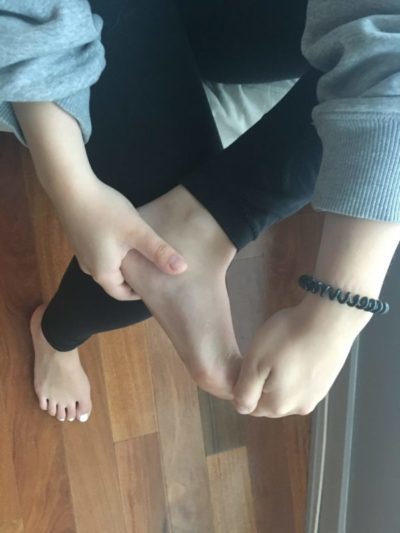
Start by standing in a neutral position. Step ahead together along with your affected foot and kneel. Shift your top frame ahead in order that your weight is over your toe. Slowly deliver your knee ahead till it touches the floor, and your affected foot is vertical. You will experience a stretch withinside the ball of your foot. Hold the stretch for two to 30-60 seconds which is necessary. do three times per session with proper hold. Finish, and repeat on the alternative foot if necessary.
Foam Roll Foot Massage
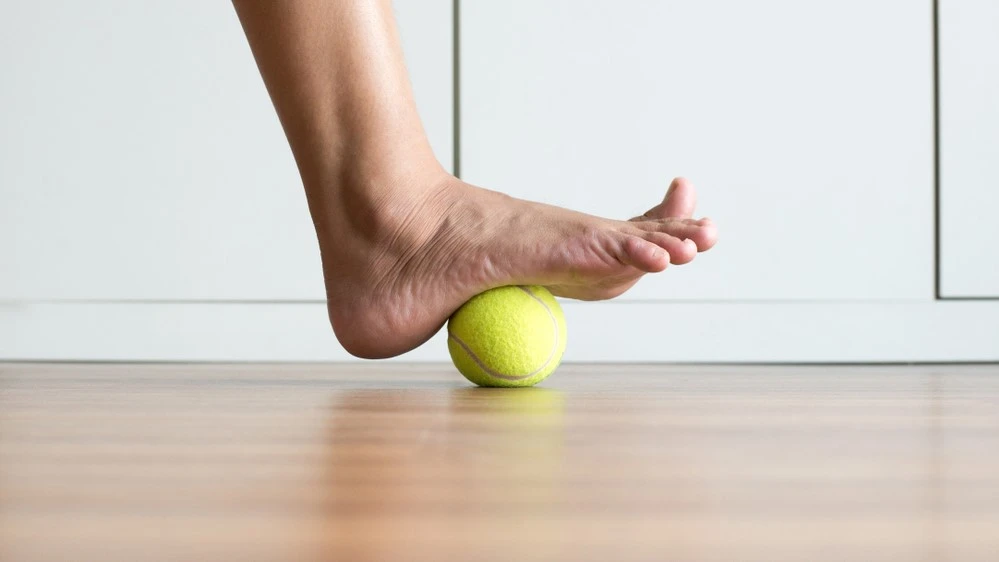
You will require a Mini Foam Roller for this exercise. For most results, roll slowly for two to five minutes. You can take a standing position on the chair and then put the foam roller between the foot. Place the Mini Foam Roller beneathneath the feet of your affected foot. Apply as plenty strain as you could to the froth curler and slowly pass it ahead retaining your heel at the ground.
If you want to, extrude your stance barely in order that the strain is constant. When you attain the arch of your foot, slowly tilt your foot inward and roll the threshold. Continue rolling over your internal heel. When your feet contact the ground, shift your weight over the curler and claw the ground together along with your feet.
Roll to the threshold of your heel and finish.
Repeat on the opposite foot if necessary.
Spread the Toes
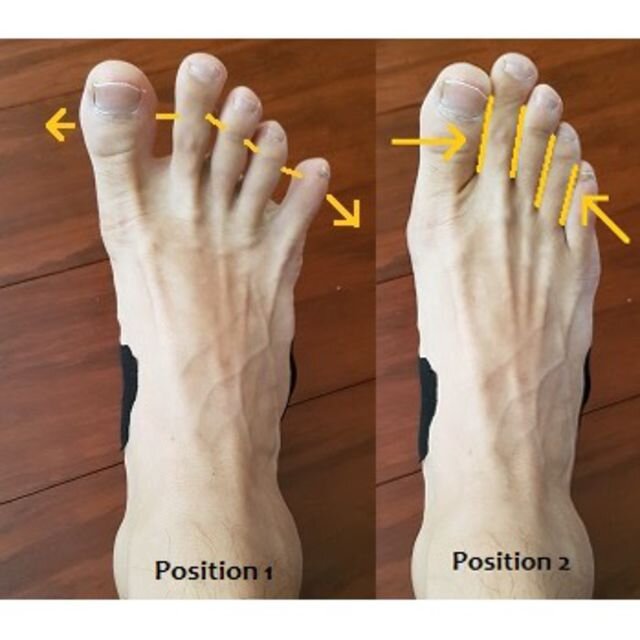
The spread toes exercise for the mobility of toes and fingers. you can do it in standing, sitting, or supine lying position, surely improve your ft up closer to the sky and unfold them aside as some distance as you are able, even though you have got dividers among them for drying your toenails after a pedicure.
Hold this for some seconds(five to ten seconds), drop your ft, and accomplish that again. Repeat this for a minute or so, then transfer toes. This bunion workout will stretch the muscle tissues to your toes and ft and provide a fulfilling feeling of relief.
Standing Heel Raises
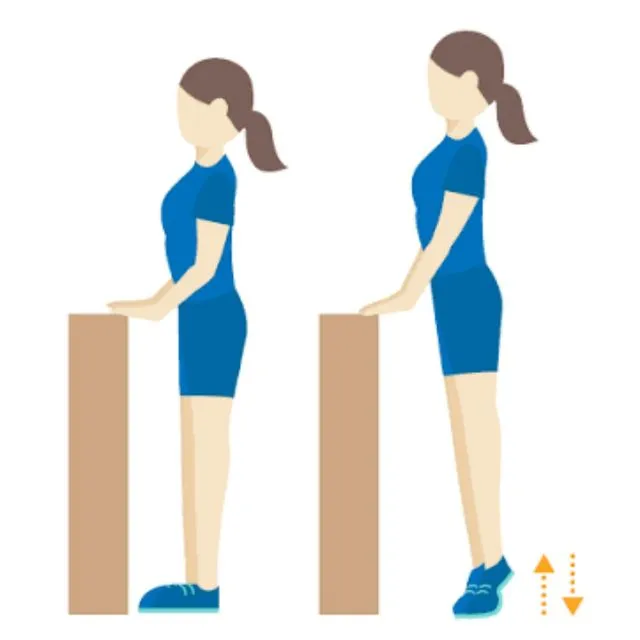
This exercise is performed in standing, which facilitates the strengthening of the calf muscles and stretching of the Achilles tendon. This exercise strengthens the calf muscles (including gastrocnemius, soleus, and planters).
Stand on a flat floor or slightly elevated surface, stabilizing your weight in front of your feet. Carefully raise your feet and hold the position “peak” function for five to ten seconds, then back to the original position or ground. At the consultation, you can repeat it up to 20 -30 times and do 3-4 sets per day. and hold the heel raise position for 5 to 10 seconds if you feel comfortable with the holding position. until you feel no pain.
Raise and back slowly, because the controlled movement is what does the exercise. this exercise is very easy you can perform it anywhere with proper hold.
Toe Rotations
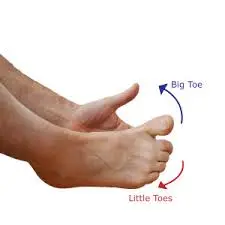
Toe rotation exercises will increase the joint’s mobility and reduce the extent of stiffness in them. Start with the aid of using transferring your huge toe in a round movement for thirty seconds, then switching guidelines for every other thirty seconds.
After a minute has passed, switch ft and do the same. Repeat the manner 3 instances for every toe. Alternatively, when you have trouble rotating your toe you could draw close your toe and rotate it manually to get all of the motions.
This is one of the great bunion physical activities you could do, and there are some methods to feature a few ranges to it as well, which include converting the course of the rotation to as an alternative do a determine eight, or maybe writing out the alphabet withinside the air.
Foot & Ankle Up & Down
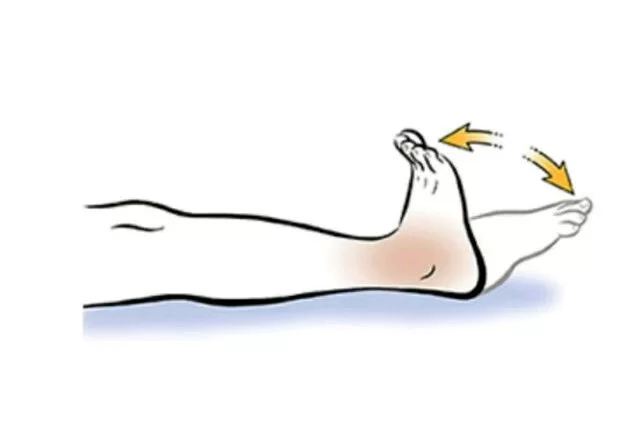
These may be very clean and simple exercises for the condition. begin with the supine lying position. after moving your foot and ankle in planter flexion and extension you could do the exercise without aches (ache loose range) you are required to care of the feeling of moderate to mild stretch-not excessive stretch(stretch should be in a pain-free range).
Repetition can be 50-60 instances in line with consultation do three sets in line with the day. the benefit of this exercise is its miles increase blood circulation and provide mobility to the foot.
Foot & Ankle In & Out
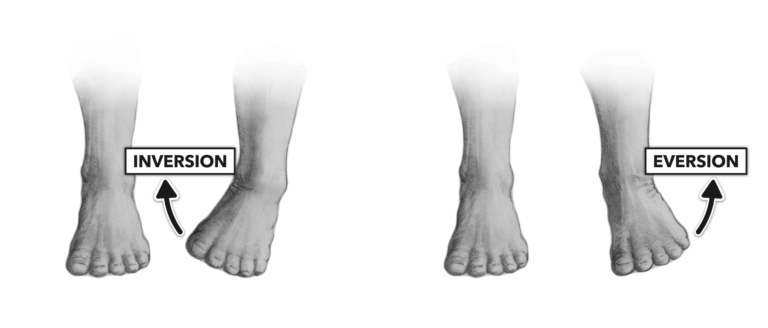
This is likewise smooth ankle movement it is known as inversion and eversion. begin with the supine role then Move your foot and ankle internally it is known as inversion and out as ways as you could pass its known as eversion without ache(ache unfastened variety) and supplied you need the care of the feeling of slight to slight stretch not extra than that.
Repetition can be 50-60 instances in line with consultation do three sets in line with the day. the benefit of this exercise is its miles increase blood circulation and provide mobility to the foot.
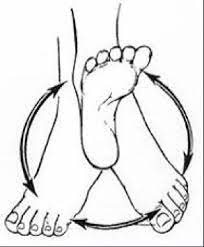
Foot and Ankle Circles
This exercise can also be done actively or passively. Begin lying in a supine position. Move the foot and ankle in circular motions, it hurts loosely. furnished, you have to worry about a slight to slight tight feeling.
In the consultation phase, repeat 40-50 cases, and do three copies a day. which are performed actively and passively. it must keep or regain every day a different ankle. performed this exercise decreases the pain and maintains mobility.
Marble pickup

The marble pickup exercise will provide strength to the toe muscles.
start with Sitting in a straight-sponsored chair together along with your ft flat on the ground.
Put 20 or more than that marbles and a small bowl on the ground in front of you or side of you.
Pick up one marble at a time together along with your ft and vicinity it withinside the bowl. Use one foot to select out all 20 marbles.
Repeat with the opposite foot.
Sand walking
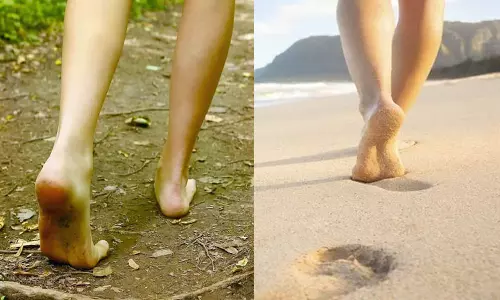
Walking barefoot thru sand strengthens and stretches your ft and ft and offers an extremely good calf exercise. Walking in sand is greater tiring than on foot on tough paths, so ensure you switch around earlier than you’ve worn yourself out.
Find sand — for example, at a beach, desert, or volleyball court.
Take off your footwear and socks.
Then Walk for a while.
Toe Curls
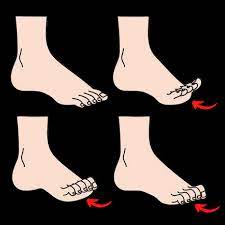
Get equipped to flex one’s toe muscle groups! By curling your ft slowly and flexing the muscle groups related to them, you’ll speedy word that your ft are becoming a number movement that they do now no longer commonly have interaction with. For a brought variety of movement, stretch them upwards after uncurling them. Do this for approximately a minute, pause, and cross once more till you have got finished 3 repetitions.
Toe raise, point, and curl
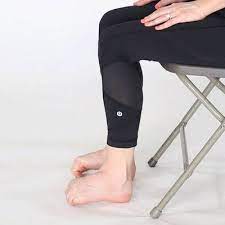
This three-component exercise will begin to get your ft and toes moving.
Sit in a straight-sponsored chair together with your toes flat on the floor.
Keep your ft flat on the floor and lift your heels till handiest the balls of your toes and ft contact with the floor. Hold for 5 seconds.
Point your ft in order that handiest the ends of your massive and 2d ft contact the floor. Hold for 5 seconds.
Keep your heel off the floor and roll your ft below in order that the tops of your ft contact the floor. Hold for 5 seconds.
Repeat every role 10 times.
Figure eight rotation
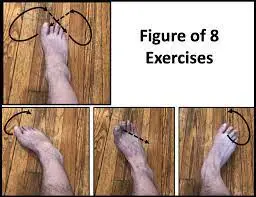
This exercise is similar to the toe circle, in this exercise, you should make eight through your big toe (you will move your toe in a figure-eight motion rather than a circle). This helps with the flexibility of muscles and the range of motion of your big toe. you can repeat 20 times for each toe performed 3 sets per day. the figure eight rotation is a very easy exercise you can perform it.
Toe resistance exercises
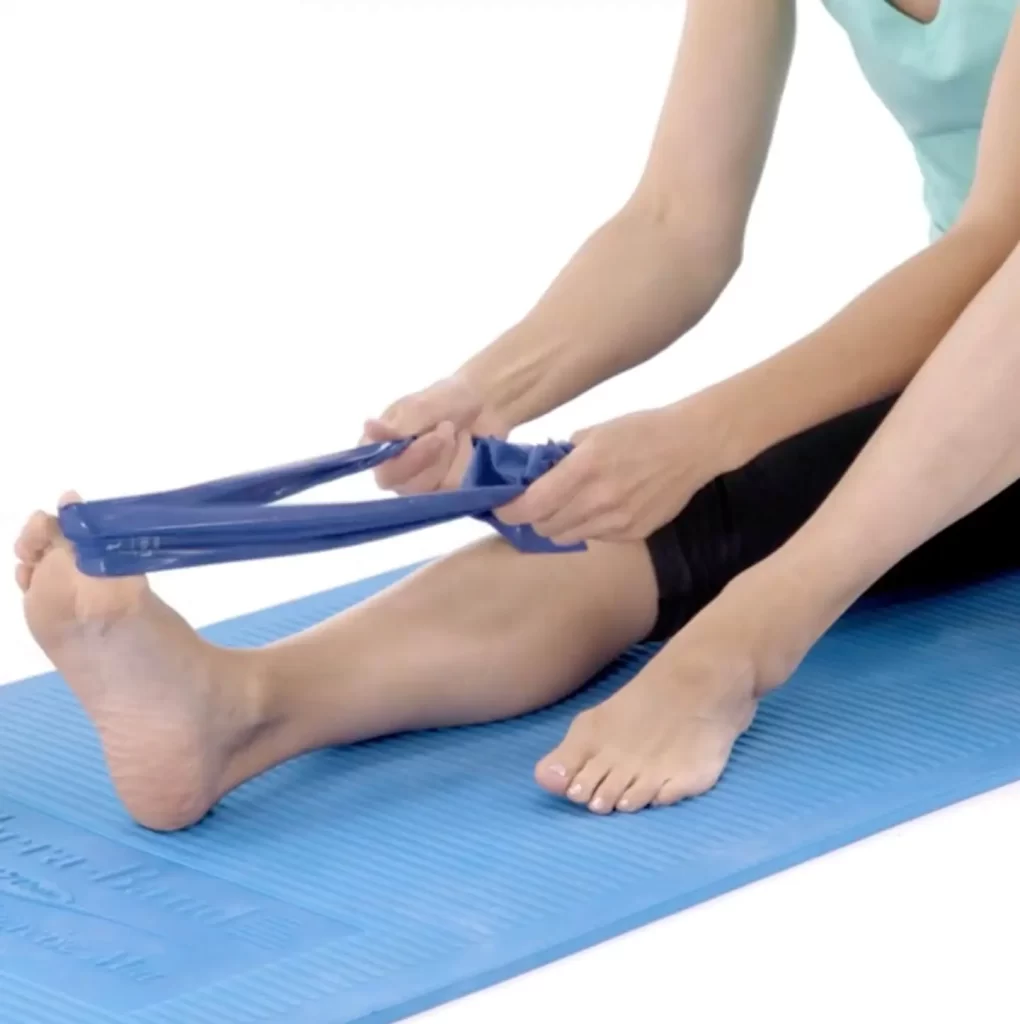
For this exercise, you required a resistance band. start with your arms or your different large toe to create resistance in order that the small muscle groups withinside the foot are remoted and activated. Place your finger on the pinnacle of the large toe and even as making use of a small quantity of stress downwards, pass your toe withinside the contrary direction. Hold this for 10 seconds.
Then carry your finger below the toe and practice a chunk of stress pushing the toe upwards. While doing this, push your toe downwards and preserve it for 10 seconds. Finally, carry your finger to the facet of your large toe pushing it toward the second toe. While making use of this stress, pass your large toe far from the lesser toes. Hold this for 10 seconds. Do this whole exercise in five instances on every foot.
Toe circles
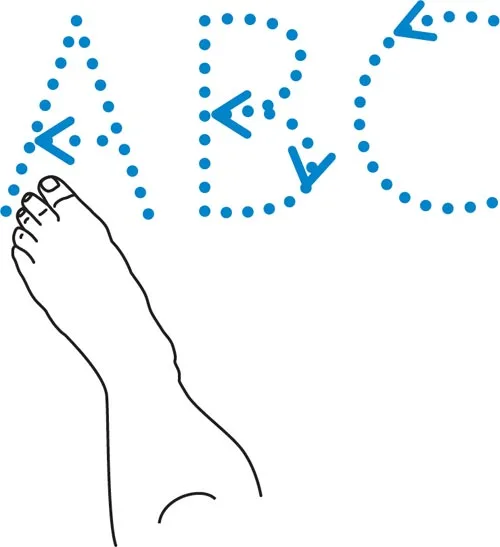
For the toe circles sitting on a chair. Bring your foot at the knee and use your hand to grip your large toe and run it via round motions. This continues the joint mobile. At first, those physical activities might also additionally appear unnatural and tough to do, however with time and consistency, you may get the hold of it!
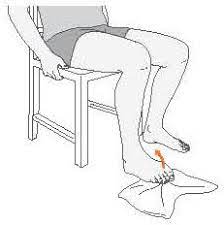
Towel Grip and Pull
This one would possibly grimy up a clean towel, so perhaps it’s excellent after a chilled Epsom soak! All you need to do is area the towel on the floor together along with your ft on top, both seated or standing. Using one foot at a time, scrunch your feet to tug the towel nearer to your body. Keep your feet irritating for 5 seconds at a time, after which loosen up and repeat on alternating ft. Do this for 3 – five minutes.
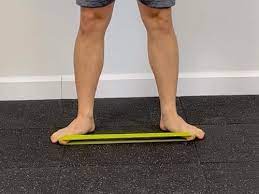
Toe Abduction (with Exercise Band)
This is some other exercise to accumulate in the direction of when you have extra excessive bunions. To carry out the exercise, surely take a small exercising band and wrap it across the periphery of every large toe. Then, at the same time as preserving your heels fixed, pivot your toes outwards and use your large ft to stretch the band. Keep the anxiety for five seconds, then release it. Repeat 20 times.
Foot-screw

For the foot screw exercise. start with the Sit on the floor. Place the proper foot in front of you. Put the knee outwards onto a cushion or ball. Now locate the foot on the threshold of the foot.
Hold the heel together along with your left hand. With the proper hand now stroke alongside the threshold of the shin and draw close the foot at the extent of the instep.
Now flip the foot barely forwards and downwards in a spiral towards the resistance of the hand at the internal fringe of the foot. Then carry the foot returned and repeat the screw-like motion numerous times. Repeat the exercise with the left foot. It has that effect
Therapy according to the “foot-screw” exercise trains all of the muscle groups that carry the foot into the spiral shape. This strengthens the statics of the foot on the equal time.
If you have a hallux valgus, you may be at risk of developing this condition
bursitis (inflammation of the bursa, a painful condition that affects the small, fluid-filled sacs — called bursae — that cushion the bones, tendons, and muscles near your joints)
Metatarsalgia deformity(a situation wherein the ball of your foot will become painful and inflamed)
A Bunionette Deformitie deformity(a.k.a. a tailor’s bunion). These small hallux valgus develop at the base of the little toe of the foot.
Other treatments for Hallux valgus
For many human beings, a bunion surgical procedure isn’t necessary. However, locating remedies in at-domestic treatments is important. The top information is, there are numerous over-the-counter (OTC) merchandise you could try to lifestyle changes you could comply with to alleviate the signs and symptoms of bunions.
OTC ache remedy. The first line of protection for lots of human beings entails using an OTC nonsteroidal anti-inflammatory drug consisting of ibuprofen which additionally aids in ache management.
Wear right-becoming footwear. Not some distance in the back of OTC ache remedy is deciding on and carrying the right footwear. This approach is footwear that suits well and is extensive withinside the toe vicinity and features a low heel.
Protect the vicinity. To keep away from rubbing and infection, you could purchase OTC pads which can be usually packed with gel to cowl the bunion.
Shoe inserts. Some docs will suggest padded shoe inserts that could assist distribute strain as you walk. This might also additionally save your bunion from getting worse.
Cold therapy. If you’ve been to your toes plenty otherwise you enjoy irritation and infection of the bunion, icing the vicinity can assist relieve ache.
Soaking therapy. At the cease of an extended day, deal with your toes with a heated water soak with Epsom salt. This can assist lessen irritation and ache.
Hallux valgus Exercises That Use Equipment
There are some common pieces of equipment that you can add to your hallux valgus exercises to do stretches and movements that you wouldn’t be able to do otherwise. You can increase the grip strength in your toe muscles by picking up marbles with your toes and placing them in a small bowl. for weak muscles, you can require a resistance band for strengthening exercises of the foot. for stretching of foot muscles, you can require a small ball, such as a golf or tennis ball, and roll it along the surface while adding pressure and doing a circular motion to some of the tension out of your foot.
Prevention for Hallux valgus
Proper-fitted shoes are prime to stopping hallux valgus or retaining a present hallux valgus from getting worse. Your healthcare company can provide suggestions on a way to choose suitable footwear. In general, you should purchase footwear with an extensive toe field and tender soles.
Avoid footwear that is slim and pointed on the tip, and excessive heels that placed stress on the front of the foot. If you’ve got flatfeet or some other inherited structural foot problem, custom-geared-up orthotics can assist prevent, or sluggish the development of, hallux valgus condition.
Complications of hallux valgus
Bone spurs.
Bursitis (painful, fluid-filled sacs around joints).
Hammer’s toes.
Osteoarthritis.
Tips from Samarpan Clinic If you have Hallux valgus condition
The hallux valgus condition required a proper posture of your big toe so start treatment with the orthosis such as a night splint this orthosis or shoe inserts provide all time a great posture for your big toe.
then consult with the physiotherapist you can also visit our clinic for regular exercise.
you can take two sessions of exercise per day. exercise provides your foot with proper posture, maintain the flexibility of foot muscles, and maintains the range of toe joint. after the range of motion, physiotherapy focused on the strengthening of the foot muscles.
FAQs
there is rest and exercise both can give the correct posture to your feet strength exercises of feet muscles can provide an even better condition of hallux valgus. exercise such as toe curls, marble pick-up, and active or passive foot movement can help. exercsise may be effective option thret thr hallux valgus condition. exercise can increase the mobility of your feet.
hallux valgus is a structural deformity of the foot which are by born mostly it is hereditary.
Start with the proper assessment of this condition by the doctors .then investigate such as x-rays(AP and lateral weight-bearing) of the foot. and also check with the Hallux valgus angle.
hallux valgus prevention and management: list of things to do start to
make sure your footwear is properly such as shoes fit proper and size proper of your shoes to avoid slippers
avoid wearing high heels regularly
provide proper rest of your feet
do regular active exercise and stretching of feet muscles and give strengthen of feet muscles or take proper physiotherapy session
check the changes in the feet once a week which is necessary.
Apart from the congenital situations it is described as inappropriate footwear walking with your feet turned your feet outwards can also become a reason for having a hallux valgus condition.
Major muscle responsible for the hallux valgus is the adducter hallucis and the abducter hallucis.
the common cause which aggravates the Hallux valgus condition
prolonge put pressure on your feet it is compression to your big toe and pushes it towards the second toe after some time the condition becomes more painful and increases the extra bone growth.
orthosis such as a padded insert in your shoes can help distribute the evenly pressure when you move your feet. reducing your symptoms, and preventing your hallux valgus condition from getting worse another orthosis if you want so you can take advice from an orthosis specialist
Hallux valgus is the maximum not unusual place deformity of the forefoot and the toes. 23% of 18-sixty five-year-olds and over 35% of those over sixty-five years have hallux valgus. Due to its great shape, it is also called a bunion or ganglion. Here the large toe acts out of its alignment and factors toward the outdoor fringe of the foot.
Many professionals suggest making use of an ice percent to the affected area. Choose the proper shoe, and keep away from sporting footwear with pointed feet or excessive heels. Many surgeons suggest custom orthotic gadgets to relieve aches and inflammation. Place pads over the area.
In treatment we can add straightening the big toe, mobility to the big toe, and flexibility to the big toe. The purpose of treating hallux valgus (bunions) deformity surgically in the early stages is to preserve the metatarsophalangeal joint at risk of developing arthritis. so surgery for this deformity permanently corrects the hallux valgus deformity. you can also be considered surgery as the last option for treating this deformity.
First, you prefer a physiotherapist for this deformity if it does not work for this condition then you can prefer surgery. Generally, you only required surgery if your deformity is very painful or creates functional problems. You may be a participant in hallux valgus deformity removal if you have: Big toe that shifted toward the smaller toes. or your big toe becomes stiffer.

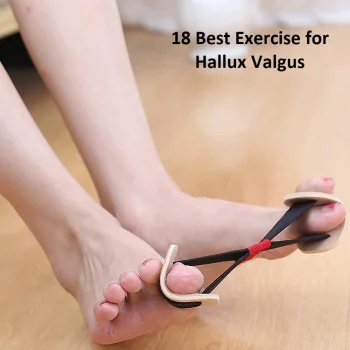

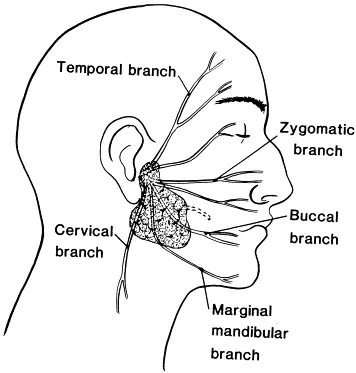
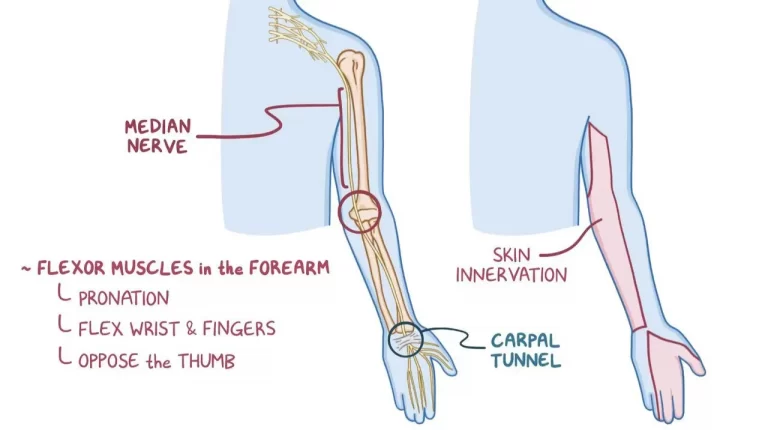
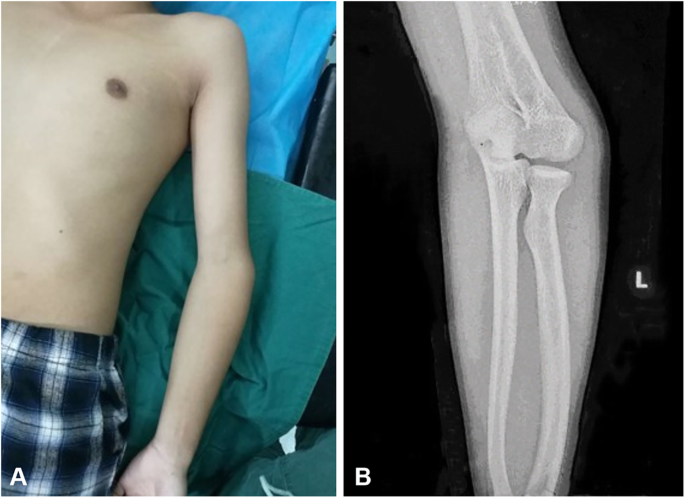
One Comment